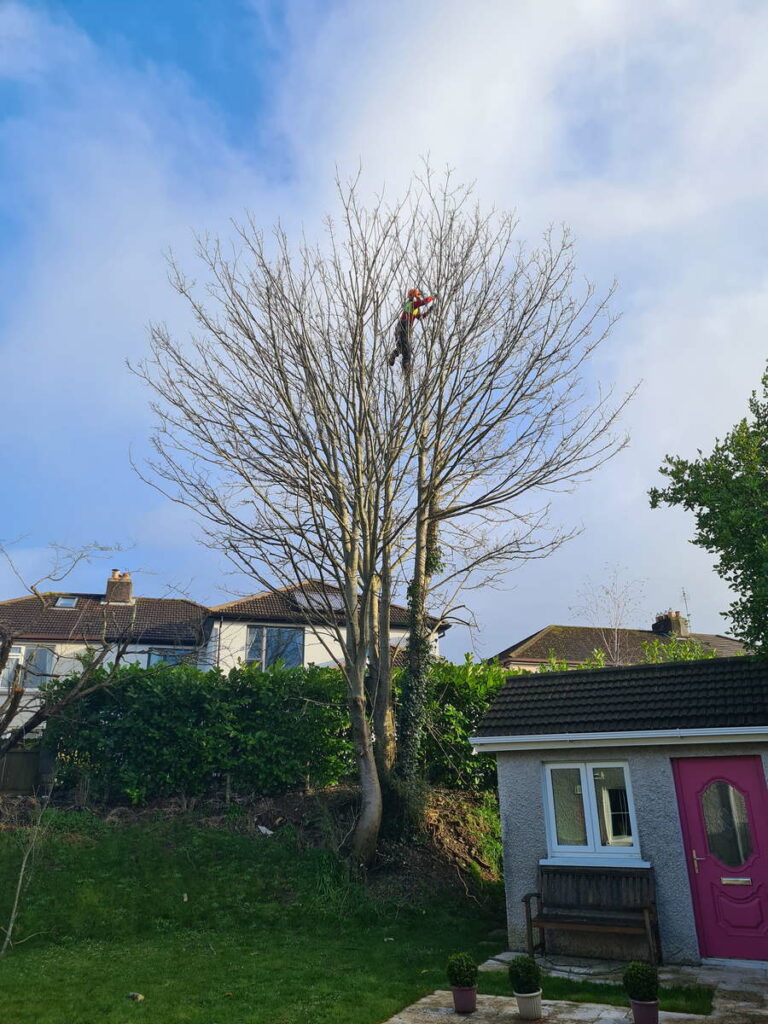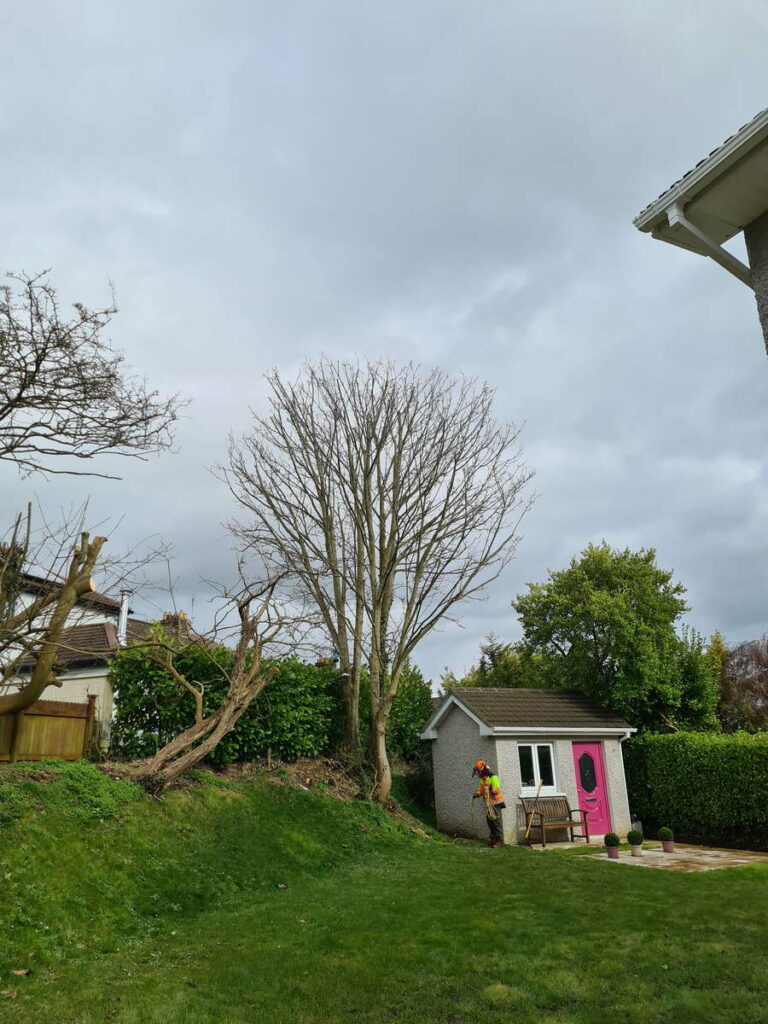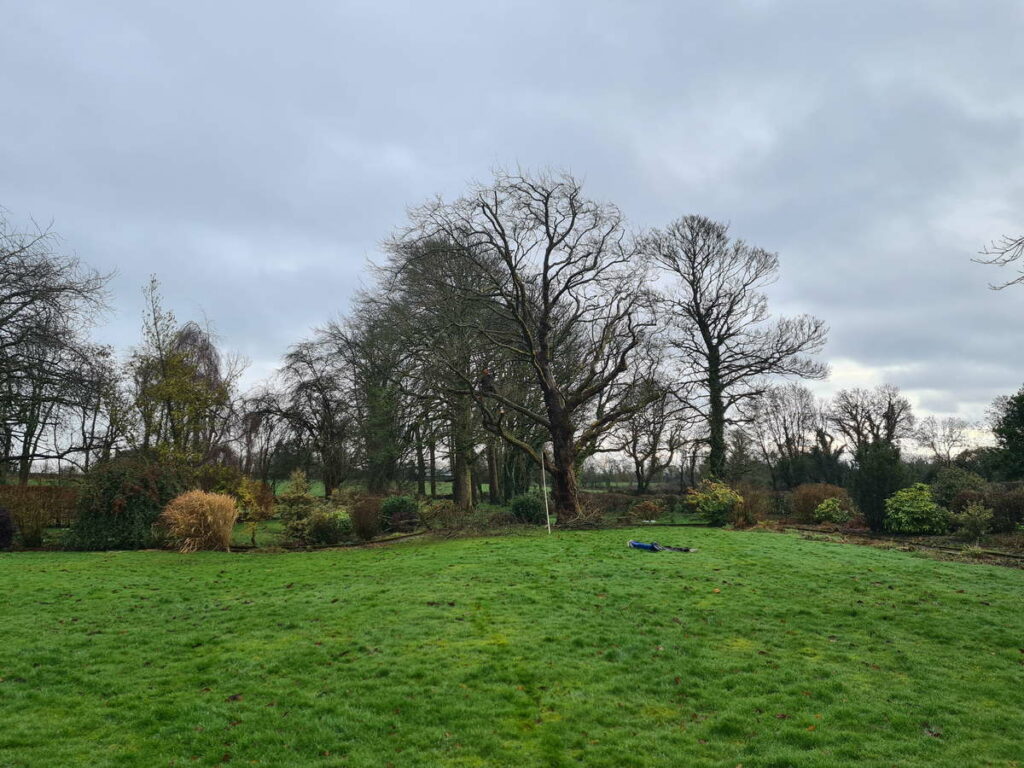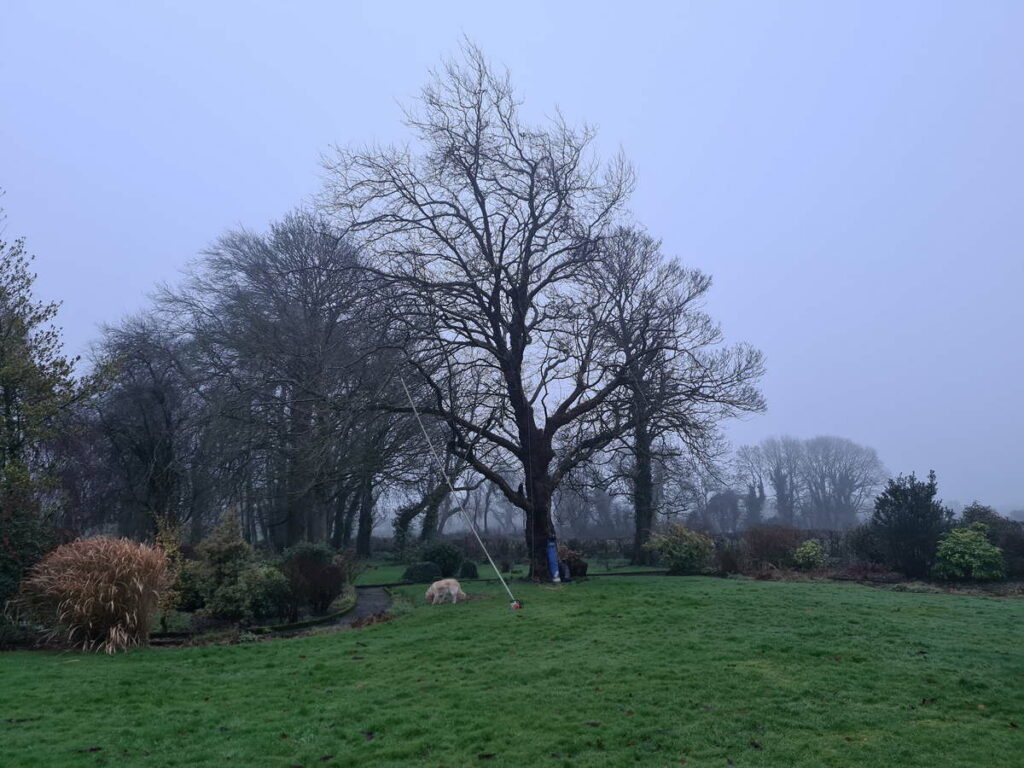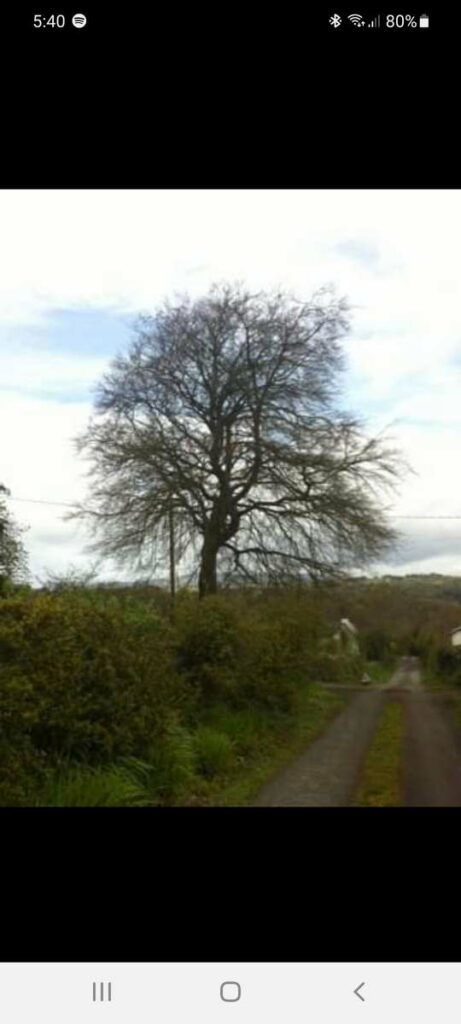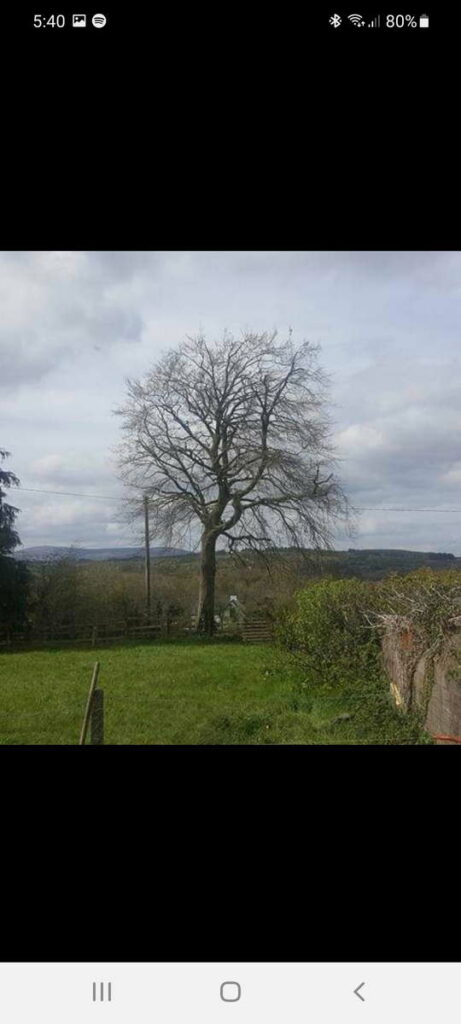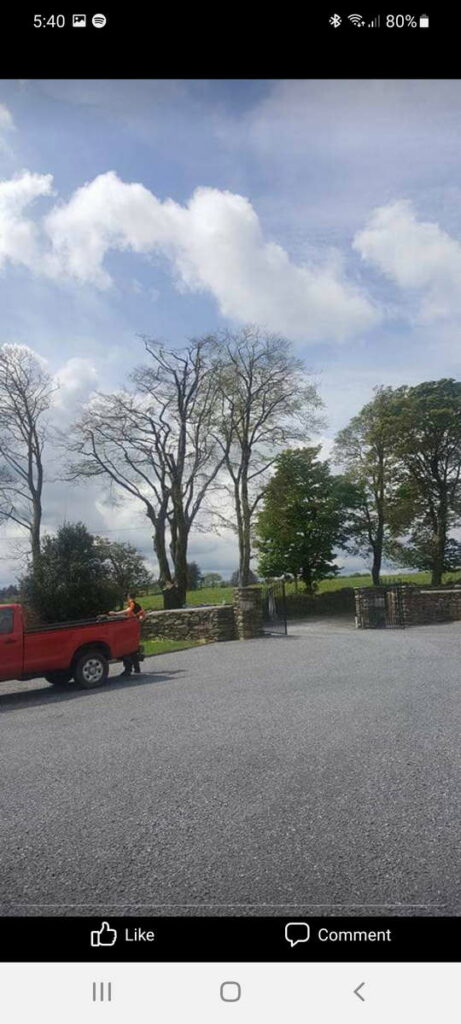Crown Reduction
Crown reduction is a popular pruning technique used by arborists to control a tree’s size while preserving the structure and shape of its crown. This involves cutting back limbs near the top of the canopy to reduce the tree’s height. The cuts are carefully made to promote quick healing and encourage healthy regrowth, forming a balanced new crown.
The older a tree becomes, the more probable it will require trimming. Branches and trunks can develop fractures or cankers over time, leading to deterioration. Crown reductions can relieve stress on the tree by removing flaws and inadequate attachment sites.

We take pride in our long history of creating places that address the pressing global challenges of urbanisation, climate change, inequality, and resource stress, delivering sustainable outcomes for the environment, society, and the economy.”
The union of a branch with bark on it to the tree trunk is a bad attachment point. Poor attachment sites frequently cause failures.
It’s natural for some branches to die as trees grow. However, if they are left on the tree, you risk endangering its health, your property, and your family.
Dead branches can be blown around by the wind during a heavy storm, causing property damage and serious injury.
Crown reduction has several health benefits for trees such as reducing the number of competing branches so more sunshine gets to the healthier parts of the tree and can be used more efficiently.
Fruit trees get noticeably healthier as a result, and their fruit output may rise the following year.
Trim, cut, or tender- whatever you need. We are here to help.

